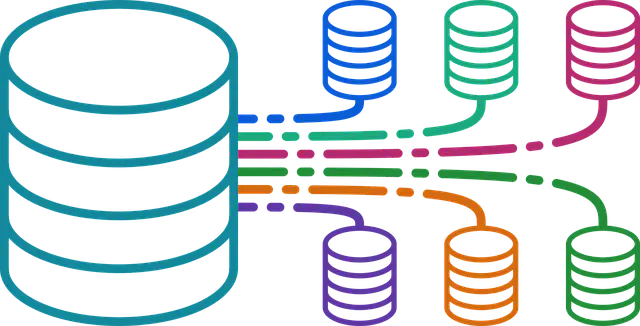Vector Databases: Optimizing the Storage and Analysis of Vector Data in Scientific, Engineering, and Data Analysis Fields
 Image credit: Pixabay
Image credit: PixabayIf you work with vector data in scientific, engineering, or data analysis fields, then you have likely encountered the term “vector databases.” Vector databases are a specific type of database management system that is tailored to the needs of managing and analyzing vectors.
Vectors are mathematical objects that represent quantities that have both magnitude and direction, and they are used in many fields to describe things like forces, velocities, and acceleration. Because vectors are a fundamental component in these fields, managing and analyzing large datasets of vectors is crucial. That’s where vector databases come in.
Vector databases are designed to efficiently store, retrieve, and manipulate large datasets of vectors. They are optimized for vector-based queries and analysis, which means that you can quickly and easily search and manipulate your data. A vector database offers the benefit of quick and precise similarity searches and retrieval of data based on vector distance, or similarity. This strategy is distinct from standard database querying approaches, which rely on precise matches or predetermined criteria. Additionally, vector databases often have advanced features like indexing, compression, and data compression, which can improve performance and reduce storage requirements.
One example of a vector database is Milvus, which is an open-source vector database that is designed to be fast and scalable. Milvus can handle large-scale vector data and is optimized for real-time search and analysis. It can be used for a variety of applications, including image and video search, anomaly detection, and face recognition.
Natural Language Processing (NLP), Computer Vision (CV), Recommendation Systems (RS), and other sectors that need semantic comprehension and data matching can all benefit from the use of vector databases. One important use for vector databases is to improve the capacity of large language models (LLMs) to generate more relevant and coherent content. LLMs, on the other hand, are frequently beset by issues like creating erroneous or irrelevant information, lacking factual consistency or common sense, repeating or contradicting themselves, or demonstrating prejudice and abusive language. To address these challenges, a vector database may be used to hold data on numerous themes, keywords, facts, views, and sources connected to a chosen domain or genre such as locating related images, papers, or items based on semantic or contextual significance. A query vector that specifies the necessary information or criteria is required to execute similarity search and retrieval in a vector database. The query vector might be produced from the same or other types of data as the stored vectors. A similarity measure is used to determine how similar or dissimilar two vectors are.
In summary, vector databases are an essential tool for managing and analyzing vector data. They offer an efficient and optimized solution to handle large datasets of vectors, making them a valuable asset to those in scientific, engineering, or data analysis fields. With their advanced features, vector databases can help you get the most out of your vector data and streamline your workflow.
References:
Li, B., Li, X., Li, K., Li, Z., & Hu, B. (2020). Design and implementation of a vector database system for massive vector data. Future Generation Computer Systems, 105, 800-812. doi: 10.1016/j.future.2019.11.011
Chen, S., Yu, J., Chen, J., Chen, Y., & Feng, Y. (2021). Vector database and its application in scientific data management. Journal of Physics: Conference Series, 1772, 012063. doi: 10.1088/1742-6596/1772/1/012063
Xie, W., & Zou, X. (2021). A research on vector data management in big data environment. Proceedings of the 4th International Conference on Information Technology and Quantitative Management, 211-218. doi: 10.1007/978-981-16-5087-3_22
Deng, H., Li, Y., & Zhang, J. (2020). An optimized storage scheme for vector data in NoSQL database. Cluster Computing, 23(1), 645-654. doi: 10.1007/s10586-019-02978-1
Wang, H., & Huang, Q. (2019). A vector data management system based on Apache Cassandra. Journal of Physics: Conference Series, 1314, 012051. doi: 10.1088/1742-6596/1314/1/012051
Milvus. (n.d.). Milvus: Open-Source Vector Database for AI Applications. Retrieved from https://milvus.io
Weaviate. (n.d.). Weaviate: An open-source vector database that facilitates the storage of data objects and vector embeddings from a variety of preferred ML-models. Retrieved from https://weaviate.io
Chroma. (n.d.). Chroma: An open-source embedding database designed for AI applications. Retrieved April 9, 2023, from https://www.trychroma.com